Phthalic anhydride generally refers to phthalic anhydride. Phthalic anhydride is an organic compound with the molecular formula C8H4O3,
which is a cyclic anhydride formed by dehydration within the phthalic acid molecule.

Phthalic anhydride is a white solid and is an important raw material in chemical industry, especially used in the manufacture of plasticizers.
1. Phthalic anhydride chemical properties
Phthalic anhydride can undergo hydrolysis, alcoholysis and ammonolysis, and can react with aromatics to synthesize anthraquinone derivatives.
Phthalic anhydride is industrially produced by gas-phase oxidation of naphthalene with air at 350-360°C catalyzed by vanadium pentoxide,
and can also be produced by oxidation of o-xylene with air. Phthalic anhydride can be used in place of phthalic acid and is mainly reacted with monohydric alcohols to form esters,
such as dibutyl phthalate and dioctyl phthalate.
2. Storage of phthalic anhydride
[Operating Precautions] Airtight operation with local exhaust. Operators must be specially trained to Strictly follow the operating procedures.
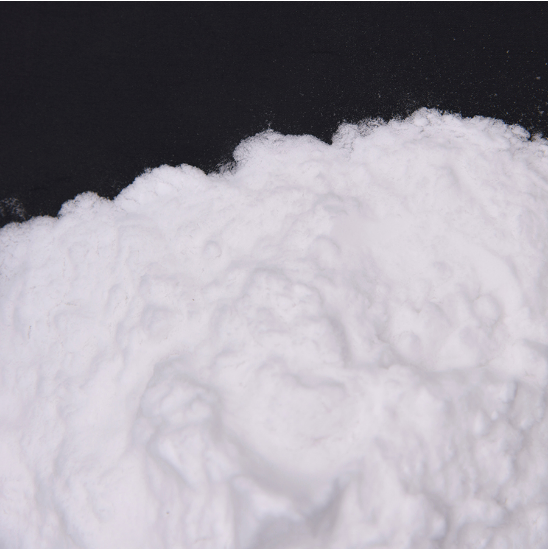
It is recommended that operators wear self-absorbing filtered dust masks, safety protection It is recommended that operators wear self-absorbing filtering dust masks,
safety glasses, acid- and alkali-resistant plastic work clothes and rubber acid- and alkali-resistant gloves. Keep away from fire and heat sources.
Smoking is strictly prohibited in the workplace. Use explosion-proof ventilation systems and equipment. Avoid dust generation.
Avoid contact with oxygenants, reducing agents, acids and alkalis.
Handle lightly to prevent damage to packaging and containersBad.
Equipped with the appropriate variety and quantity of fire-fighting equipment and leak emergency treatment equipment.
Emptying the container may the residue of harmful substances may remain.
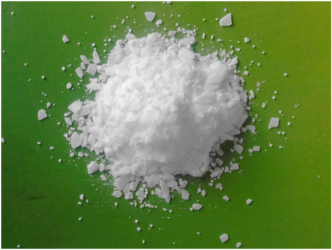
[Store in a cool, dry, well-ventilated room. Keep away from fire and Heat source.
The package must be sealed and must not be exposed to moisture.
Separate from oxidizers, reducing agents, acids and bases.
Storage, do not mix storage. Equipped with the appropriate variety and quantity of fire-fighting equipment.
The storage area should be equipped with suitable materials to accommodate spills.
3. Phthalic anhydride health hazards
Intrusion route: inhalation, ingestion.
Phthalic anhydride in the use of try not to contact the skin, easy to cause the body, contact with the skin, it is easy to cause some irritation, allergies, redness and swelling symptoms.
If phthalic anhydride is absorbed in large quantities over a long period of time, it can easily cause bronchial and emphysema symptoms.
Phthalic anhydride is a very important material in the chemical industry. It is mainly used in plastics, pesticides, paints, fuels, and fragrances, among other applications.
In the process of use, it is easily absorbed through the nose and mouth, causing irritation to the human acting eyes, nose and throat, skin and other organs, and can even be aggravated by hydrolysis on the surface of wet tissues,
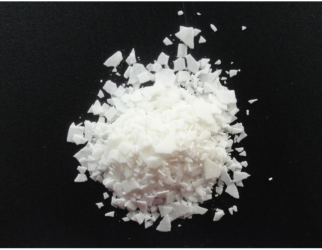
which can easily cause skin burns in severe cases. If you inhale high purity phthalic anhydride, it will easily cause sneezing and coughing,
which will eventually lead to chronic bronchitis. Especially for people with a history of asthma, it tends to increase the chances of developing. If exposed for a long time, it can easily cause harm to the skin.
4. Safety measures for phthalic anhydride
Leakage: Isolate the contaminated area and restrict access. Recommend emergency personnel to wear self-contained breathing apparatus and acid and alkaline resistant overalls. Do not touch the spill directly.
Small spills: Avoid raising dust and collect with a clean shovel in a dry, clean, covered container.
Large spills: Collect and recycle or transport to waste disposal sites.
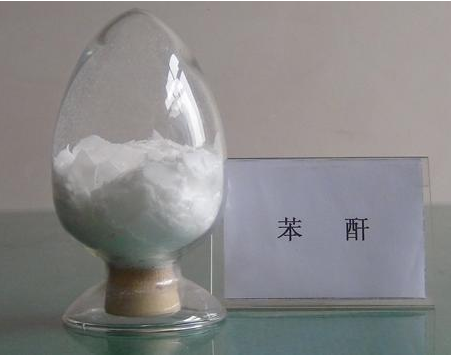
5. Phthalic anhydride fire extinguishing methods
Extinguishing agents: Soluble foam, dry powder, carbon dioxide.
Fire extinguishing precautions: Do not shoot water directly onto the molten material to avoid causing a serious run-off fire or causing violent boiling.
Emergency treatment
Inhalation: Get away from the scene to fresh air quickly.

Keep the airway open. If breathing is difficult, give oxygen infusion. If breathing stops, give artificial respiration immediately. Seek medical attention.
Accidental ingestion: Rinse mouth with water and give milk or egg whites to those who accidentally ingested. Seek medical attention.
Skin contact: Remove contaminated clothing immediately and rinse with plenty of running water for at least 15 minutes. Seek medical attention.
Eye contact: Immediately lift eyelids and rinse thoroughly with plenty of running water or saline for at least 15 minutes. Seek medical attention.
6. Phthalic anhydride uses
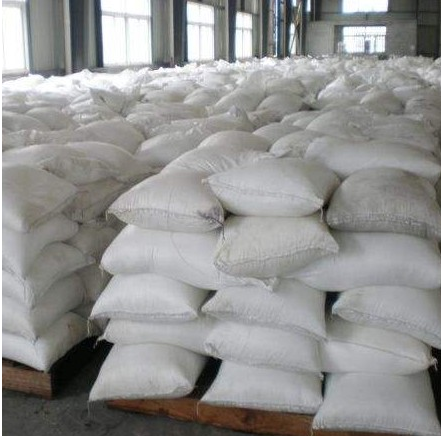
1. Phthalic anhydride is one of the most important organic chemical raw materials, its main derivatives are dibutyl phthalate;
dioctyl ester and diisobutyl ester, etc. It is used as plasticizer for PVC, etc.
It can also be used in the production of unsaturated polyester resin; alkyd resin; dyes and pigments;
many kinds of paints; food additives; laxative phenolphthalein in medicine; iminothion in pesticide; methoprene and sodium saccharin, etc.
2. This product is used as epoxy resin curing agent. It is an important organic chemical raw material, mainly used in the production of phthalate plasticizers, paints, saccharin,
dyestuff and important intermediates of organic compounds, insecticides, fungicides, rubber processing aids, photosensitive materials, etc.
3. Used as analytical reagent.
Organic synthesis intermediates. Used in dye industry to prepare anthraquinone, 2-chloroanthraquinone,
1,4-dihydroxyanthraquinone and other important intermediates and dyes such as phthalocyanine blue BS, phthalocyanine blue BX, phthalocyanine blue B.
4. used as curing agent of epoxy resin, reference dosage 30~50 mass, 100g resin compound applicable period rt/6h,
120℃/1.5h. curing conditions: 100/2h+150℃/5h or 100℃/12h, 140℃/8h, 200℃/6h. small heat generation during curing,
cured products have good electrical properties and mechanical strength, heat deflection temperature 110~152℃.
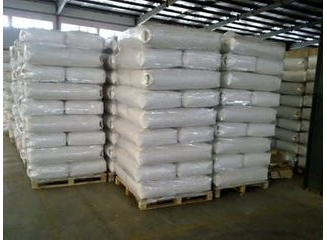
5. It is an important organic chemical raw material. In the synthetic resin industry for the production of polyester resin, amino resin, unsaturated polyester resin, alkyd resin, etc..
Dye industry for the preparation of anthraquinone, chloroanthracene dihydroxyanthraquinone and other dye intermediates and phthalocyanine blue BS, phthalocyanine blue BX,
phthalocyanine blue B and other dyes. Plastic industry for the preparation of dibutyl phthalate, dioctyl phthalate and its mixed esters and other plasticizers.
It is also an important intermediate in the manufacture of many kinds of drugs, paints and organic compounds.
6. Used in the manufacture of plasticizers, dibutyl benzodicarboxylate, resins and dyes, etc.
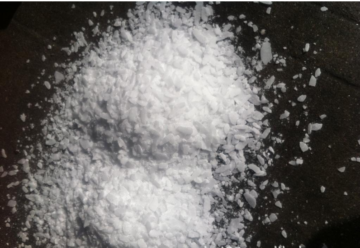
7. Phthalic anhydride storage methods
Store in a cool, dry, well-ventilated room. Keep away from fire and heat source.
The package must be sealed, do not get wet. It should be stored separately from oxidizers,
reducing agents, acids and bases. Equipped with the appropriate variety and quantity of fire-fighting equipment. The storage area should be equipped with suitable materials to shelter leaks.

 By Coco Ho
By Coco Ho



